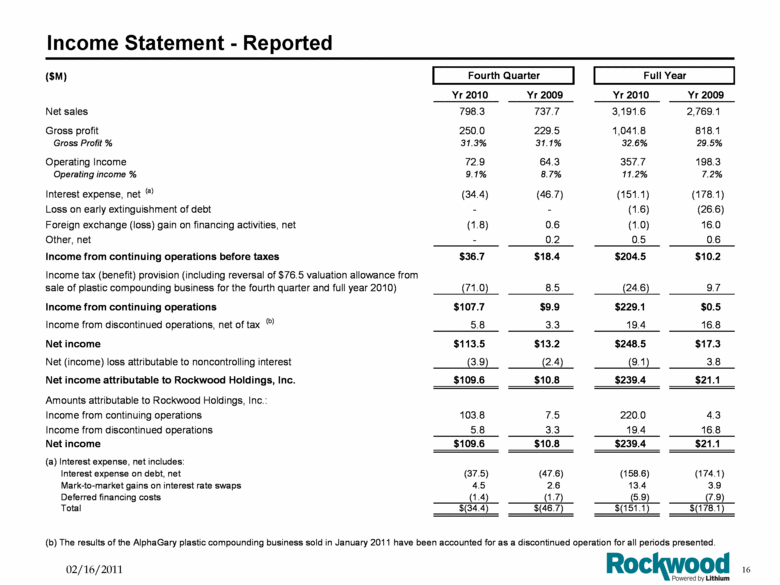

It also involves creating risk profiles for customers.

#Currency transaction report social security verification#
While customer identity verification processes vary per business, it usually entails collecting information like the customer’s name, date of birth, address, and Social Security number - amongst other data points as necessary - from verified sources such as a government-issued ID. This allows financial regulators to “follow the money” in cases of confirmed or suspected money laundering and other financial crimes, and also makes it more difficult for fraud, like account takeovers, to occur. Customer identity verificationįinancial institutions are required by law to verify the identity of their customers. These requirements can be broken down into three main areas: customer identity verification, monitoring and reporting, and internal policies. That’s because the law establishes several requirements that financial institutions must meet. While the goals of the Bank Secrecy Act are relatively straightforward, compliance can be complicated. Over the years, the Bank Secrecy Act has been amended and expanded a number of times, most recently with the USA PATRIOT Act of 2001 and the Anti-Money Laundering Act of 2020. Specifically, the BSA requires financial institutions to keep records of any cash transaction exceeding $10,000 in a single day and report any activity they suspect might be tied to tax evasion, money laundering, and other financial crimes. It achieves this by requiring all financial institutions (including banks, lenders, brokers, insurers, and more) to cooperate with the federal government in preventing money laundering. The goal of the Bank Secrecy Act is simple: prevent US financial institutions from becoming a tool that criminals can use to launder money or commit other financial crimes. It is also known as the Currency and Foreign Transactions Reporting Act and is occasionally referred to generically as the anti-money laundering law. The Bank Secrecy Act (BSA) is a US law that was passed in 1970 to fight money laundering and other financial crimes. With this in mind, let’s take a closer look at what exactly the Bank Secrecy Act is, review its requirements for financial institutions, and explore how a law that is more than 50 years old is shaping today’s emerging industries. One of the most important laws that fall under this second category is the Bank Secrecy Act of 1970, which applies to all financial institutions - from banks, credit unions, and lenders to brokers, insurers, currency and cryptocurrency exchanges, fintech companies, and even casinos (amongst others). While many of these regulations exist to protect consumers, some are designed to identify, monitor, and report financial crimes. The financial industry is one of the most regulated industries in the United States.


 0 kommentar(er)
0 kommentar(er)
